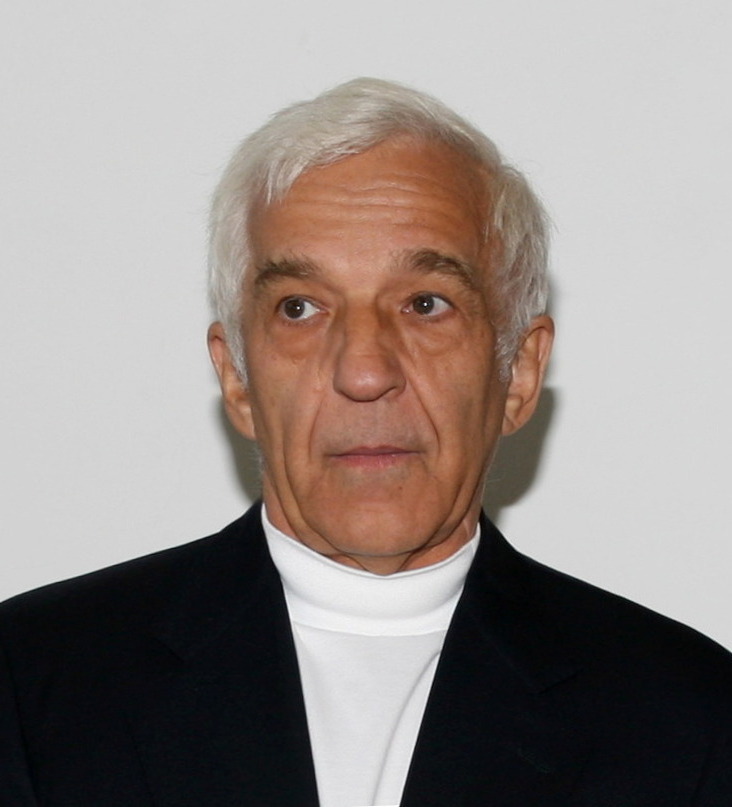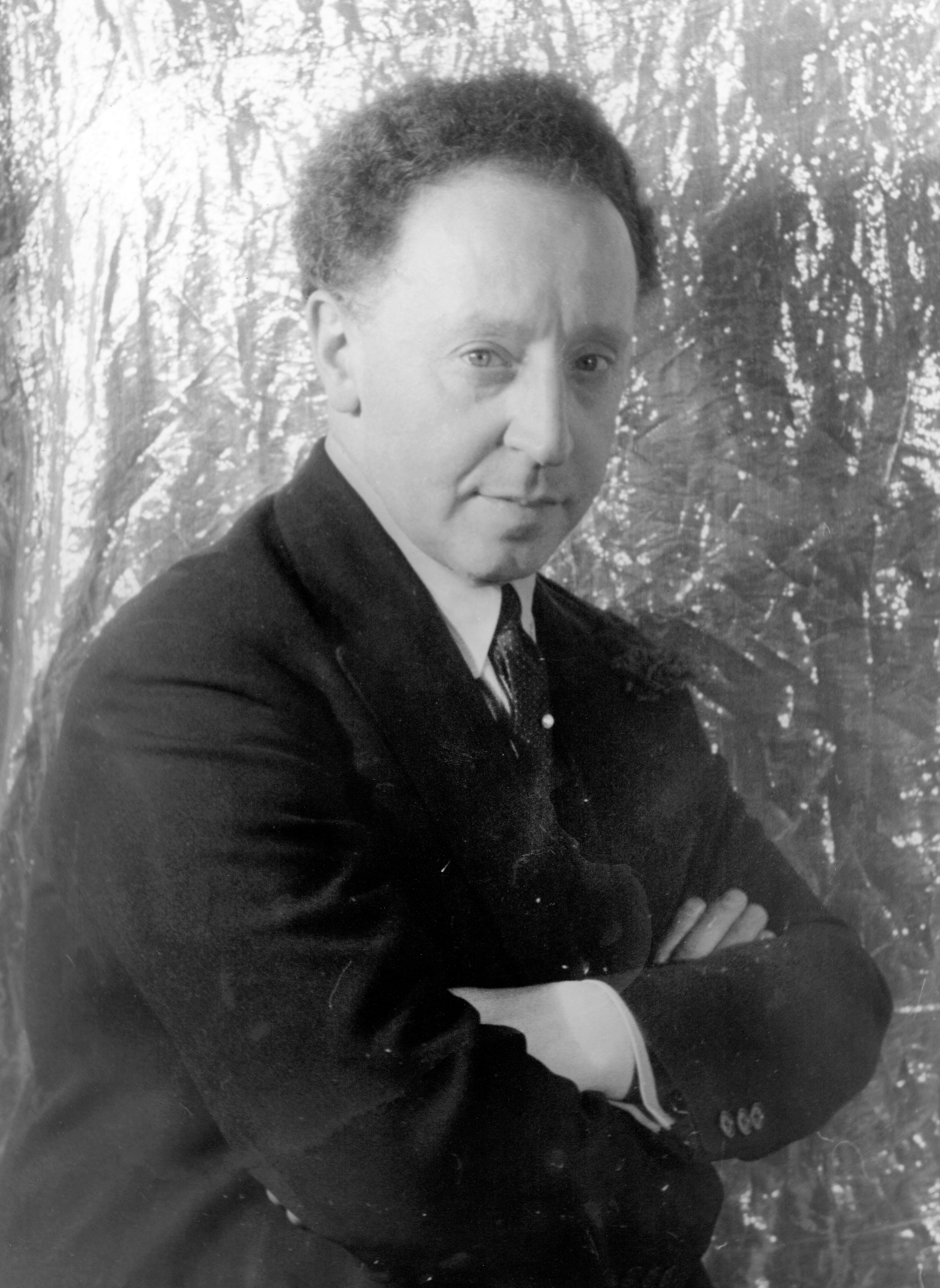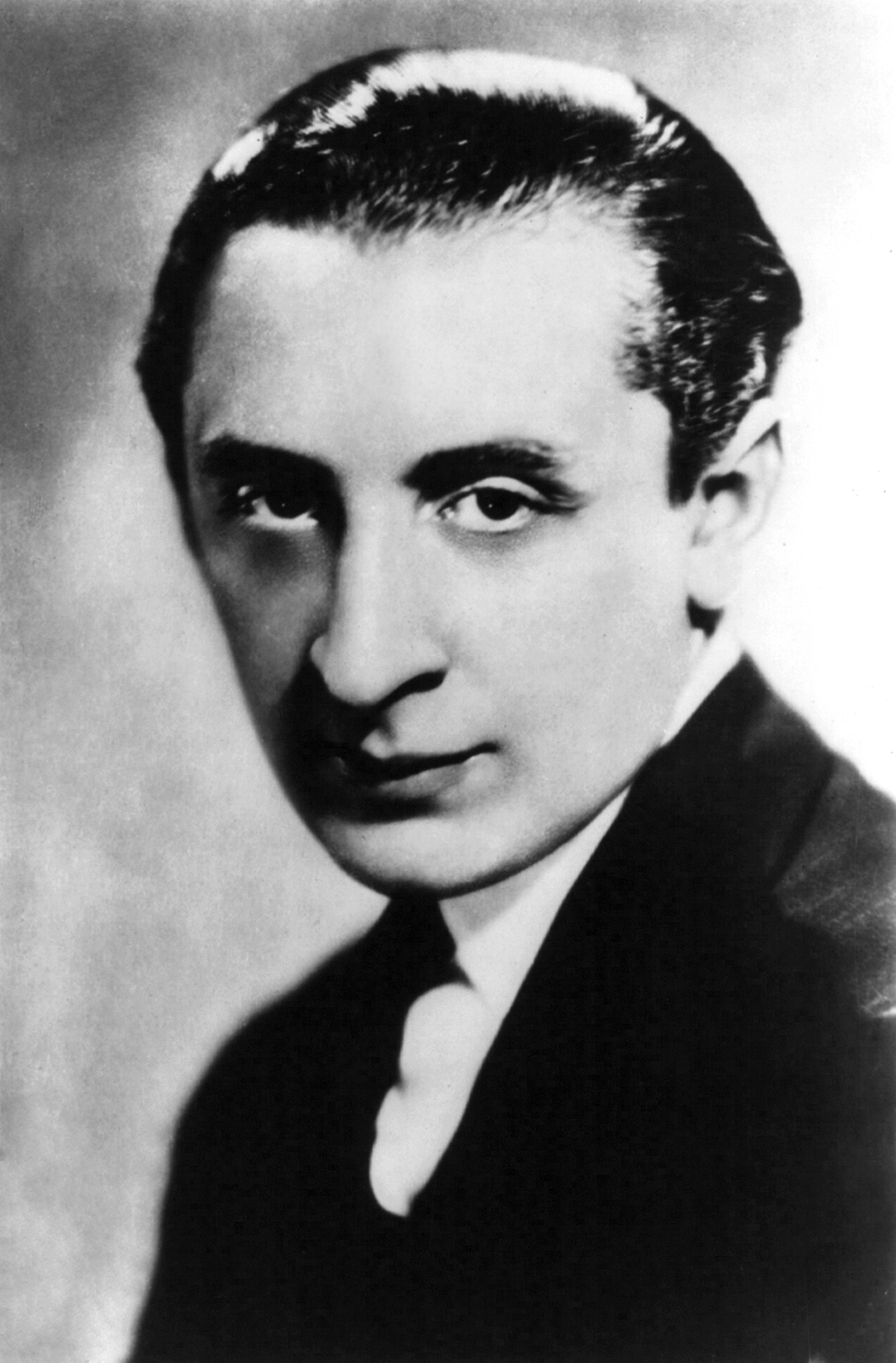|
Scherzos (Chopin)
Frédéric Chopin's four scherzos (or scherzi) are single- movement pieces for solo piano, composed between 1833 and 1843. They are often linked to Chopin's four ballades, composed in roughly the same period; these works are examples of large scale autonomous musical pieces, composed within the classical framework, but surpassing previous expressive and technical limitations. Unlike the classical model, the musical form adopted by Chopin is not characterised by humour or elements of surprise, but by highly charged "gestures of despair and demonic energy". Commenting on the first scherzo, Robert Schumann wrote: "How is 'gravity' to clothe itself if 'jest' goes about in dark veils?" Niecks, Frederick (2009). ''Frédéric Chopin as a Man and Musician''. Echo Library. p. 494. (originally published in 1888). Retrieved 30 August 2010. Overview Starting in the early 1830s, after his departure from Poland, Chopin's musical style changed significantly, entering a mature period with ... [...More Info...] [...Related Items...] OR: [Wikipedia] [Google] [Baidu] |
Scherzo No 4 Op 54 E Major Frédéric Chopin
A scherzo (, , ; plural scherzos or scherzi), in western classical music, is a short composition – sometimes a movement from a larger work such as a symphony or a sonata. The precise definition has varied over the years, but scherzo often refers to a movement that replaces the minuet as the third movement in a four-movement work, such as a symphony, sonata, or string quartet. The term can also refer to a fast-moving humorous composition that may or may not be part of a larger work. Origins The Italian word ''scherzo'' means 'joke' or 'jest'. More rarely the similar-meaning word ''badinerie'' (also spelled ''battinerie''; from French, 'jesting') has been used. Sometimes the word ''scherzando'' ('joking') is used in musical notation to indicate that a passage should be executed in a playful manner. An early use of the word ''scherzo'' in music is in light-hearted madrigals of the early baroque period, which were often called ''scherzi musicali'', for example: * Claudio Monteve ... [...More Info...] [...Related Items...] OR: [Wikipedia] [Google] [Baidu] |
Vladimir Ashkenazy
Vladimir Davidovich Ashkenazy (russian: Влади́мир Дави́дович Ашкена́зи, ''Vladimir Davidovich Ashkenazi''; born 6 July 1937) is an internationally recognized solo pianist, chamber music performer, and conductor. He is originally from Russia and has held Icelandic citizenship since 1972. He has lived in Switzerland since 1978. Ashkenazy has collaborated with well-known orchestras and soloists. In addition, he has recorded a large repertoire of classical and romantic works. His recordings have earned him five Grammy awards and Iceland's Order of the Falcon. Early life Vladimir Ashkenazy was born in Gorky, Soviet Union (now Nizhny Novgorod, Russia), to pianist and composer David Ashkenazi and to actress Yevstolia Grigorievna (born Plotnova). His father was Jewish and his mother came from a Russian Orthodox family. Ashkenazy was christened in a Russian Orthodox church. [...More Info...] [...Related Items...] OR: [Wikipedia] [Google] [Baidu] |
Maurizio Pollini
Maurizio Pollini (born 5 January 1942) is an Italian pianist. He is known for performances of compositions by Beethoven, Chopin and Debussy, among others. He has also championed and performed works by contemporary composers such as Pierre Boulez, Karlheinz Stockhausen, George Benjamin, Roberto Carnevale, Gianluca Cascioli and Bruno Maderna Bruno Maderna (21 April 1920 – 13 November 1973) was an Italian conductor and composer. Life Maderna was born Bruno Grossato in Venice but later decided to take the name of his mother, Caterina Carolina Maderna.Interview with Maderna‘s th .... Works composed for him include Luigi Nono's '' ..... sofferte onde serene ...'', Giacomo Manzoni's ''Masse: omaggio a Edgard Varèse'' and Salvatore Sciarrino's Fifth Sonata. Life and career Pollini was born in Milan to the Italian rationalist architect Gino Pollini, who has been said to be the first to bring Modernist architecture to Italy in the 1930s, and his wife Renata Melotti (sister o ... [...More Info...] [...Related Items...] OR: [Wikipedia] [Google] [Baidu] |
Arturo Benedetti Michelangeli
Arturo Benedetti Michelangeli (; 5 January 1920 – 12 June 1995) was an Italian classical pianist. He is considered one of the greatest pianists of the twentieth century. According to ''The New York Times'', he was perhaps the most reclusive, enigmatic and obsessive among the handful of the world's legendary pianists. Early life and studies Michelangeli was born near Brescia, in Italy. His date of birth is usually given as 5 January 1920. He himself once said that he was born 'during the first hour of the morning of 6 January 1920'. His father, who was a count and a lawyer by profession, was also a musician and a composer and began teaching music to Michelangeli before he was four years old. Michelangeli learned to play the violin at the age of three and would later study the instrument at the Venturi Institute in Brescia before switching to piano under Dr. Paulo Chimeri, who accepted him into his class following an audition. He also studied organ and composition. When he was ... [...More Info...] [...Related Items...] OR: [Wikipedia] [Google] [Baidu] |
Emil Gilels
Emil Grigoryevich Gilels (Russian: Эми́ль Григо́рьевич Ги́лельс; 19 October 1916 – 14 October 1985) was a Russian pianist. He is widely regarded as one of the greatest pianists of all time. Early life and education Gilels was born to a Jewish family on 19 October 1916 (6 October, Old Style) in Odessa (then part of the Russian Empire, and now Ukraine) to Gesya and Grigory Gilels. His father worked as a clerk in a sugar refinery. His sister Elizaveta, three years his junior, was a renowned violinist. Gilels had perfect pitch, and at the age of five-and-a-half, he began lessons with , a famous piano pedagogue in Odessa. A quick learner, he was playing all three volumes of Loeschhorn's studies within a few months, and soon afterwards Clementi and Mozart sonatinas. Gilels later credited this strict training with Tkach for establishing the foundation of his technique. In turn, Tkach commented of Gilels, using a diminutive, "Milya Gilels possesses the a ... [...More Info...] [...Related Items...] OR: [Wikipedia] [Google] [Baidu] |
Arthur Rubinstein
Arthur Rubinstein ( pl, Artur Rubinstein; 28 January 188720 December 1982) was a Polish Americans, Polish-American pianist."Artur Rubinstein" ''Encyclopædia Britannica'' He is widely regarded as one of the greatest pianists of all time. He received international acclaim for his performances of the music written by a variety of composers and many regard him as one of the greatest Frédéric Chopin, Chopin interpreters of his time. He played in public for eight decades. Early life [...More Info...] [...Related Items...] OR: [Wikipedia] [Google] [Baidu] |
Walter Gieseking
Walter Wilhelm Gieseking (5 November 1895 – 26 October 1956) was a French-born German pianist and composer. Gieseking was renowned for his subtle touch, pedaling, and dynamic control—particularly in the music of Debussy and Ravel; he made integral recordings of all their published works which were extant during his life. He also recorded most of Mozart's solo piano works. Career Born in Lyon, France, the son of a German doctor and lepidopterist, Gieseking first started playing the piano at age four, without formal instruction. His family traveled frequently and he was privately educated. From 1911 to early 1916, he studied at the Hanover Conservatory. There his mentor was the director Karl Leimer, with whom he later coauthored a piano method. He made his first appearance as a concert pianist in 1915, but was conscripted in 1916 and spent the remainder of World War I as a regimental bandsman. His first London piano recital took place in 1923, establishing an exceptional and l ... [...More Info...] [...Related Items...] OR: [Wikipedia] [Google] [Baidu] |
Alfred Cortot
Alfred Denis Cortot (; 26 September 187715 June 1962) was a French pianist, conductor, and teacher who was one of the most renowned classical musicians of the 20th century. A pianist of massive repertory, he was especially valued for his poetic insight into Romantic piano works, particularly those of Chopin, Franck, Saint-Saëns and Schumann. For Éditions Durand, he edited editions of almost all piano music by Chopin, Liszt and Schumann. A central figure of the French musical culture in his time, he was well known for his piano trio with violinist Jacques Thibaud and cellist Pablo Casals. Biography Early life Cortot was born in Nyon, Vaud, in the French-speaking part of Switzerland, to a French father and a Swiss mother. His first cousin was the composer Edgard Varèse. He studied at the Paris Conservatoire with Émile Decombes (a student of Frédéric Chopin), and with Louis Diémer, taking a ''premier prix'' in 1896. He made his debut at the Concerts Colonne in 1897, ... [...More Info...] [...Related Items...] OR: [Wikipedia] [Google] [Baidu] |
Vladimir Horowitz
Vladimir Samoylovich Horowitz; yi, וולאַדימיר סאַמוילאָוויטש האָראָוויץ, group=n (November 5, 1989)Schonberg, 1992 was a Russian-born American classical pianist. Considered one of the greatest pianists of all time, he was known for his virtuoso technique, tone color, and the public excitement engendered by his playing. Life and early career Horowitz was born on October 1, 1903, in Kiev, then in the Russian Empire (now Ukraine). There are unsubstantiated claims that he was born in Berdichev (a city near Zhitomir in Volhynian Governorate), but his birth certificate unequivocally states that Kiev was his birthplace. He was the youngest of four children of Samuil Horowitz and Sophia Bodik, who were assimilated Jews. His father was a well-to-do electrical engineer and a distributor of electric motors for German manufacturers. His grandfather Joachim was a merchant (and an arts-supporter), belonging to the 1st Guild, which exempted him from ha ... [...More Info...] [...Related Items...] OR: [Wikipedia] [Google] [Baidu] |
Nohant-Vic
Nohant-Vic () is a commune in the Indre department in central France. It is located near La Châtre, on the D943, approximately southeast of Châteauroux and consists of two villages, Vic and Nohant, extended along the road. Geography The commune lies on the lower Jurassic rocks at the southern margin of the Paris Basin. Just to the south of La Châtre, some twelve kilometres south of Vic, the Variscan-faulted rocks of the Massif Central begin with Cambrian/Ordovician migmatite. It is near the southern end of the old province of Berry. Population Sights The House of George Sand is a country house dating from late eighteenth century, built for the governor of Vierzon and acquired in 1793 by Madame Dupin de Francueil, grandmother of the writer. George Sand spent her childhood and adolescence there. Most of her writing was done at the house. She received some illustrious guests including Liszt and Marie d'Agoult, Balzac, Chopin and Flaubert. Delacroix also had a stud ... [...More Info...] [...Related Items...] OR: [Wikipedia] [Google] [Baidu] |
Mallorca
Mallorca, or Majorca, is the largest island in the Balearic Islands, which are part of Spain and located in the Mediterranean. The capital of the island, Palma, is also the capital of the autonomous community of the Balearic Islands. The Balearic Islands have been an autonomous region of Spain since 1983. There are two small islands off the coast of Mallorca: Cabrera (southeast of Palma) and Dragonera (west of Palma). The anthem of Mallorca is " La Balanguera". Like the other Balearic Islands of Menorca, Ibiza, and Formentera, the island is an extremely popular holiday destination, particularly for tourists from the Netherlands, Germany and the United Kingdom. The international airport, Palma de Mallorca Airport, is one of the busiest in Spain; it was used by 28 million passengers in 2017, with use increasing every year since 2012. Etymology The name derives from Classical Latin ''insula maior'', "larger island". Later, in Medieval Latin, this became ''Maiorca'', "the larg ... [...More Info...] [...Related Items...] OR: [Wikipedia] [Google] [Baidu] |





